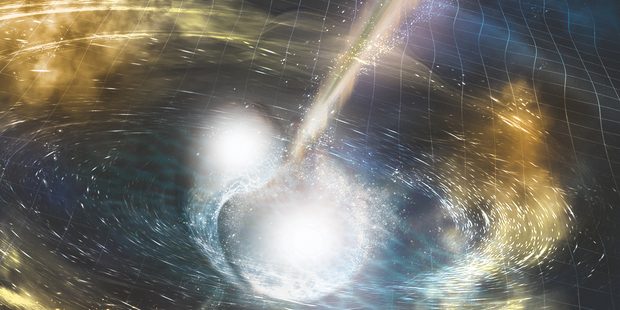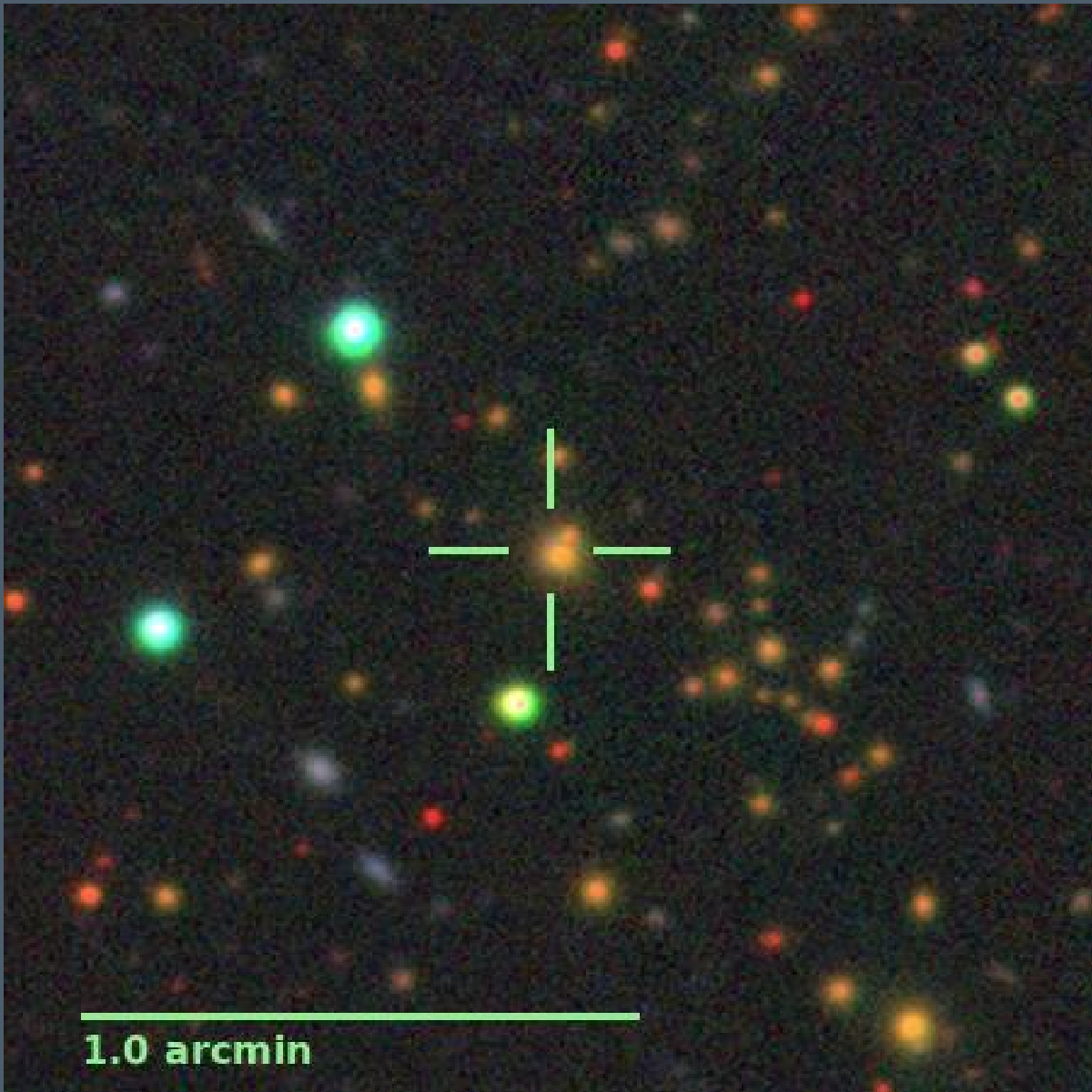We have launched a citizen science project allowing members of the public to engage in real-time science! This project allows users to classify new detections by GOTO and help find unusual discoveries, and train the next generation of computer models we use to sift our data.
Kilonova Seekers is a unique and innovative citizen science project on the Zooniverse, which involves the general public in the identification of cosmic explosions in real-time. The main goal of this project is to find the optical signals (kilonovae) associated with the collision of neutron stars, or a neutron star colliding with a black hole. Our Gravitational-wave Optical Transient Observer (GOTO) scientists monitor alerts from the LIGO, Virgo and KAGRA detectors, which identify a region of the sky that a gravitational wave signal, indicative of such a collision, came from. We can trigger our GOTO telescopes within 30 seconds of the alert to begin searching this region of the sky to find the optical counterpart of the gravitational wave signal. Once images are taken, they are immediately processed and analysed by the team. At the same time, promising candidates are sent over to Kilonova Seekers for visual inspection by the citizen scientists.
This project is important as there is too much data taken by the telescopes for GOTO scientists to look through all of it ourselves, so without the citizens, we may miss vital discoveries. We are also particularly interested in images where our initial machine learning process is uncertain, as these are more likely to be something new!
Our telescopes survey the entire sky every night (weather depending), so new images will be uploaded to the project daily for the citizens to investigate – with most not yet seen by human eyes. This represents a fantastic way for the general public to be involved with real-time, cutting-edge scientific research.
Head over to kilonova-seekers.org for full information and to try it yourself!








